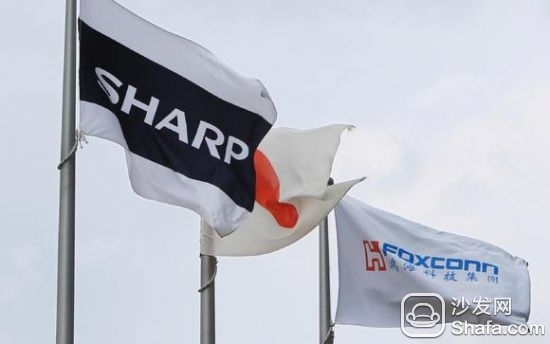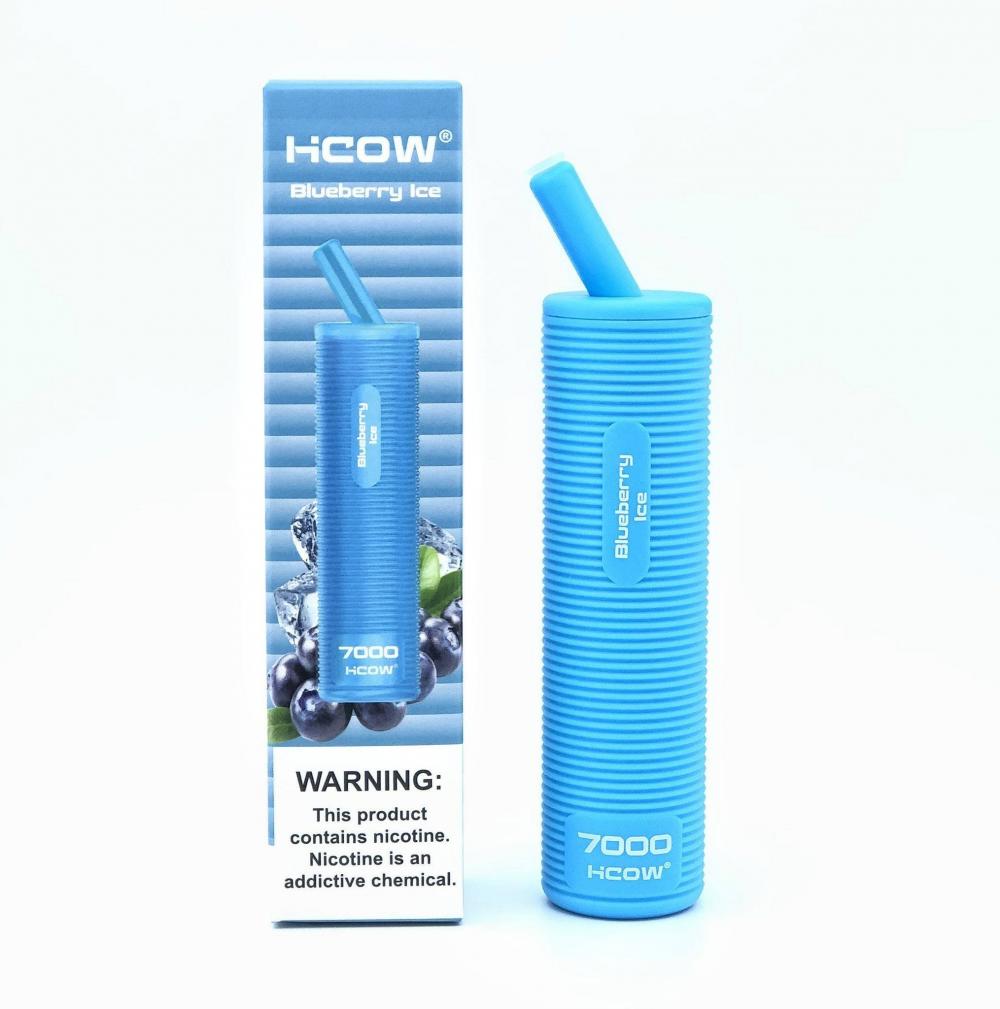Nikkei News reported on the 25th, Mizuho Securities analyst Yasuhiro Nakagawa said that the panel used by Apple iPhone is expected to be the fastest in 2017 and the slowest in 2018 will be gradually changed from the current LTPS (low temperature polycrystalline silicon) to the OLED panel, and Hon Hai / Sharp plans to build an R&D production line, trial production line, and mass production line of OLED panels worth 200 billion yen, and the production capacity of the production line will be converted to 95 million pieces per year at 5.5 to 6 G6 glass substrates are converted to 50,000 pieces per month. However, Hon Hai and Sharp have no actual mass production experience of OLED panels, and the technology in the R&D stage is inferior to that of 2 Korean factories and Japan Diaplay Inc. (JDI), it is very likely that the OLED panel will begin production after 2020.

Nakasone said that in the smart phone OLED panel market, the monthly production capacity forecast for the Samsung Electronics A3 plant (with G6 technology) running at the top may increase to 180,000 units by the end of the first half of 2018. (To produce 420 million wafers per year), which is estimated to supply 690,000 tablets per month to the Apple iPhone. Currently, the supply and demand of OLED manufacturing equipment such as light exposure devices are very tight, but Samsung has at least controlled 90,000 tablets per The month's supply of manufacturing equipment can be said to be in full preparation, so the rest is only the negotiation of the quantity and price between Apple and Apple.
In addition, Nakasone Group estimates that LG Display (LGD) will be able to construct an OLED supply system that can supply a large amount of iPhones in the second half of 2018 as soon as possible; while JDI in Japan has not yet achieved mass production of OLED panels, and it is still in the R&D stage. The G4.5 production line of its Ishikawa Plant only has a production capacity of 4,000 pieces/month, and it is estimated that in the future, the JDI OLED production line will not be installed at the Ishikawa Plant, but at the Maoyuan Plant that will develop flexible panels. , It is estimated that the trial production line will be opened in Q1 2017 at the earliest. Only after that, will the production line be built. However, if the production line is set up at the Mobara Plant, the monthly production capacity will be 15-20,000 units. However, if Baishan is used, The monthly production capacity of the plant is 25,000 pieces. However, no matter which factory is used, the production scale is much lower than that of Samsung and LGD. Therefore, the market share of the supply of iPhone panels may decline.
Nakagawa Yasuo points out that with a total capacity of Samsung (60,000 monthly), LGD (at least 30,000 per month), and JDI (15,000 per month), the three companies can produce approximately 250 million iPhone OLEDs per year. The panel, considering the high dependence of iPhone assembly orders on Hon Hai, whether Apple will require the Hon Hai/Sharp Alliance to become its panel supplier based on the view of decentralized risk, and can only say “very subtleâ€.
The Nikkei reported on April 1st that OLED panels have been positioned by Hon Hai as the pillar of Sharp's reconstruction, and Hon Hai/Sharp plans to invest 200 billion yen in investing in OLED panels, hoping to catch up with South Korea such as Samsung by large-scale investment. Manufacturers, however, according to industry relations sources, due to the current operating crisis, Sharp's internal proficiency in OLED technical personnel have left to leave, so "OLED production technology research and development is very difficult."
Sharp announced on February 25 that Hon Hai/Sharp plans to spend 200 billion yen to set up an OLED panel R&D line, a trial production line and a mass production line at the Kameyama Plant, and plans to start in early 2018 The company plans to produce a total of approximately 10 million 5.5-inch OLED panels per month before the end of 2019. The target is to produce approximately 90 million 5.5-inch smart machine OLED panels with an annual revenue target of 260 billion yen.
Thomson Reuters reported on March 30 that currently Samsung Display and LG Display (LGD) of Samsung Electronics have mass-produced OLED panels and swept across the world, while Hon Hai/Sharp is planning to mass-produce it in 2018. Even the trial production line is not yet available, so it is not an easy task to catch up with the South Korean manufacturers that have already advanced significantly ahead of the others; Kylie Huang, analyst at Taiwan Legal Analyst of Daiwa Securities, points out that Hon Hai/Sharp is in the field of OLED panels. It will take more than two years to reach a stage where it can compete with Samsung and other vendors, Kylie Huang said. “It's difficult for 2 years, 3 years for possible, 4 years for no problemâ€.
1.Grape Ice
2.Blueberry Ice
3.Coffee Ice
4.Lush Ice
5.Mango Ice
6.Strawberry Ice
7.Strawberry Kiwi
8.Banana Vanilla Cream
9.Cool Mint
10.Blue Raspberry Lemonade
11.Purple Rain

Nakasone said that in the smart phone OLED panel market, the monthly production capacity forecast for the Samsung Electronics A3 plant (with G6 technology) running at the top may increase to 180,000 units by the end of the first half of 2018. (To produce 420 million wafers per year), which is estimated to supply 690,000 tablets per month to the Apple iPhone. Currently, the supply and demand of OLED manufacturing equipment such as light exposure devices are very tight, but Samsung has at least controlled 90,000 tablets per The month's supply of manufacturing equipment can be said to be in full preparation, so the rest is only the negotiation of the quantity and price between Apple and Apple.
In addition, Nakasone Group estimates that LG Display (LGD) will be able to construct an OLED supply system that can supply a large amount of iPhones in the second half of 2018 as soon as possible; while JDI in Japan has not yet achieved mass production of OLED panels, and it is still in the R&D stage. The G4.5 production line of its Ishikawa Plant only has a production capacity of 4,000 pieces/month, and it is estimated that in the future, the JDI OLED production line will not be installed at the Ishikawa Plant, but at the Maoyuan Plant that will develop flexible panels. , It is estimated that the trial production line will be opened in Q1 2017 at the earliest. Only after that, will the production line be built. However, if the production line is set up at the Mobara Plant, the monthly production capacity will be 15-20,000 units. However, if Baishan is used, The monthly production capacity of the plant is 25,000 pieces. However, no matter which factory is used, the production scale is much lower than that of Samsung and LGD. Therefore, the market share of the supply of iPhone panels may decline.
Nakagawa Yasuo points out that with a total capacity of Samsung (60,000 monthly), LGD (at least 30,000 per month), and JDI (15,000 per month), the three companies can produce approximately 250 million iPhone OLEDs per year. The panel, considering the high dependence of iPhone assembly orders on Hon Hai, whether Apple will require the Hon Hai/Sharp Alliance to become its panel supplier based on the view of decentralized risk, and can only say “very subtleâ€.
The Nikkei reported on April 1st that OLED panels have been positioned by Hon Hai as the pillar of Sharp's reconstruction, and Hon Hai/Sharp plans to invest 200 billion yen in investing in OLED panels, hoping to catch up with South Korea such as Samsung by large-scale investment. Manufacturers, however, according to industry relations sources, due to the current operating crisis, Sharp's internal proficiency in OLED technical personnel have left to leave, so "OLED production technology research and development is very difficult."
Sharp announced on February 25 that Hon Hai/Sharp plans to spend 200 billion yen to set up an OLED panel R&D line, a trial production line and a mass production line at the Kameyama Plant, and plans to start in early 2018 The company plans to produce a total of approximately 10 million 5.5-inch OLED panels per month before the end of 2019. The target is to produce approximately 90 million 5.5-inch smart machine OLED panels with an annual revenue target of 260 billion yen.
Thomson Reuters reported on March 30 that currently Samsung Display and LG Display (LGD) of Samsung Electronics have mass-produced OLED panels and swept across the world, while Hon Hai/Sharp is planning to mass-produce it in 2018. Even the trial production line is not yet available, so it is not an easy task to catch up with the South Korean manufacturers that have already advanced significantly ahead of the others; Kylie Huang, analyst at Taiwan Legal Analyst of Daiwa Securities, points out that Hon Hai/Sharp is in the field of OLED panels. It will take more than two years to reach a stage where it can compete with Samsung and other vendors, Kylie Huang said. “It's difficult for 2 years, 3 years for possible, 4 years for no problemâ€.
✔ Soft Silica Gel
✔ Mesh Coil Inside
✔ 5%&3%&2% Nicotine Salt.
✔ 16ML of E-liquid.
✔ 7000 Puffs Per Device.
✔ USB Charging Type- C Port
✔ 12 Flavors Available
✔ 200pcs in a carton
2.Blueberry Ice
3.Coffee Ice
4.Lush Ice
5.Mango Ice
6.Strawberry Ice
7.Strawberry Kiwi
8.Banana Vanilla Cream
9.Cool Mint
10.Blue Raspberry Lemonade
11.Purple Rain
12.Black Mamba

16ML of E-liquid Disposable,HCOW SG7000 Vape,HCOW Vape, SG7000 Vape
Shenzhen Kester Technology Co., Ltd , https://www.kesterpuff.com